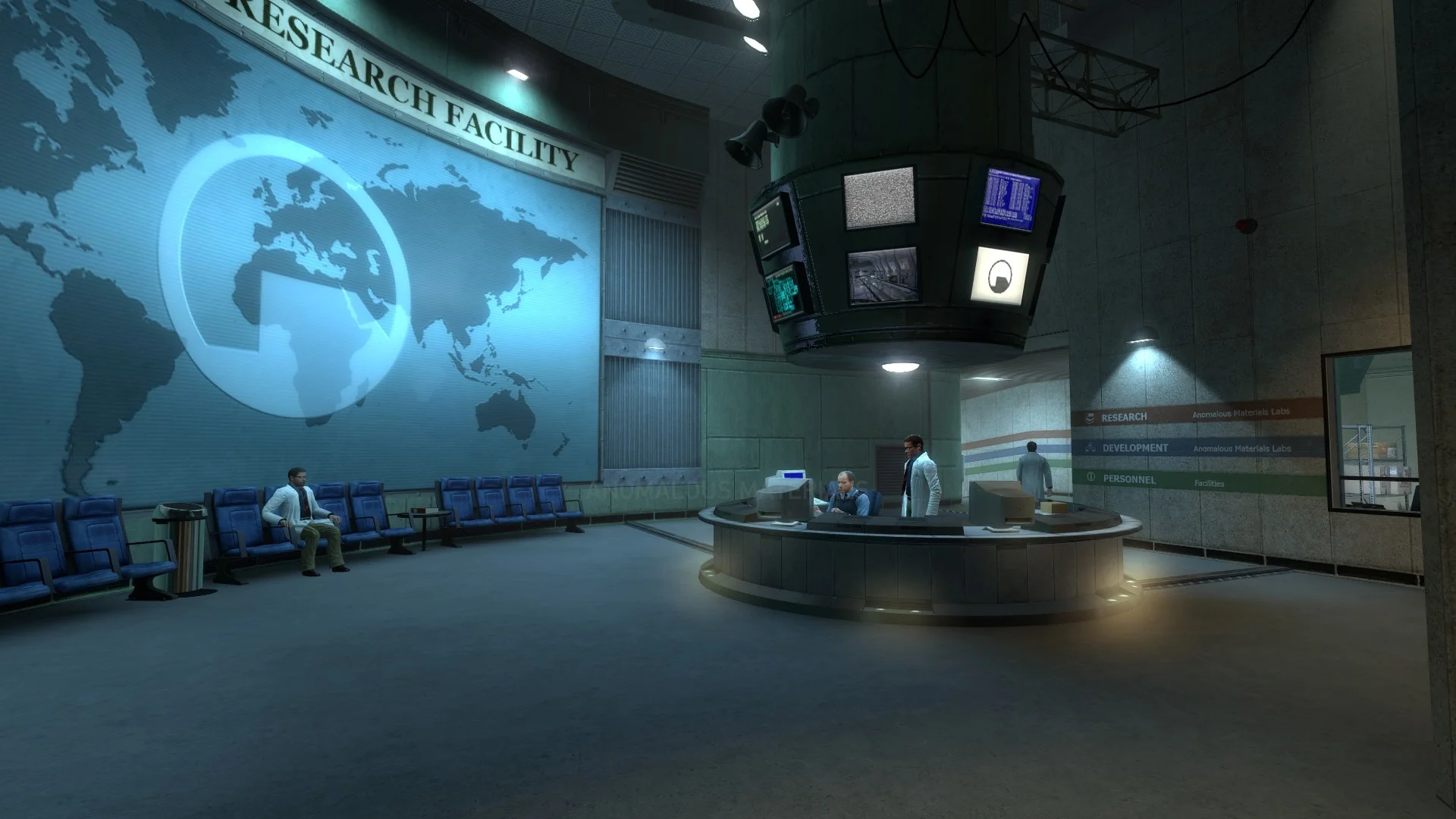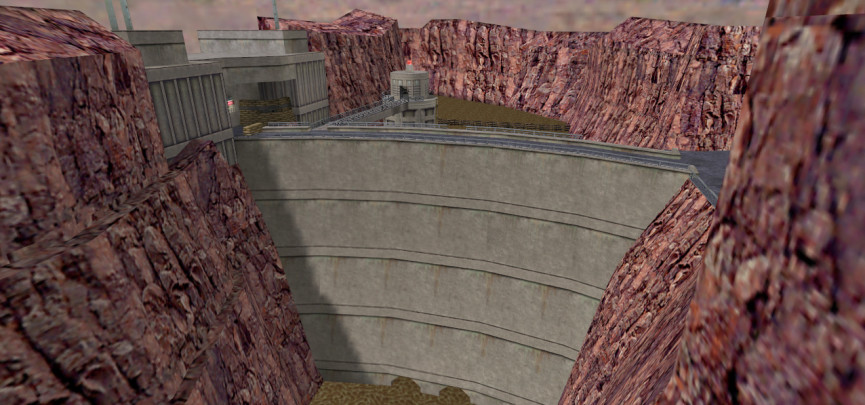
It is one of the most viewed meteor showers in the Northern Hemisphere and is best seen from remote areas such as the Oklahoma panhandle.

The state park is especially popular each August when the annual Perseid meteor shower is visible. The dark skies draw countless astronomy enthusiasts to the area every year as they make star gazing ideal. In addition to being an excellent location for wildlife watching, Black Mesa State Park boasts some of the darkest nighttime skies on publicly accessible land in the country. Other wildlife in the area includes black bear, bobcat, mountain lion, mule deer, bighorn sheep and antelope. The park is a birder's paradise with golden eagles, scaled quail, black-billed magpies, and pinyon jays. Visitors can hike to the top of the plateau, Oklahoma's highest point at 4,973 feet above sea level, while in the Black Mesa Nature Preserve. The unique area marks the point where the Rocky Mountains meet the shortgrass prairie and many species are at the easternmost or westernmost point of their natural range. The nature preserve consists of approximately 1,600 acres where visitors can hike and enjoy 23 rare plants and eight rare animal species.

The nature preserve is operated by the Oklahoma Tourism & Recreation Department in conjunction with Black Mesa State Park.

Black Mesa takes its name from the layer of black lava rock that coated the mesa about 30 million years ago. Black Mesa is located in Oklahoma's panhandle along the tri-state border with Colorado and New Mexico.


 0 kommentar(er)
0 kommentar(er)
